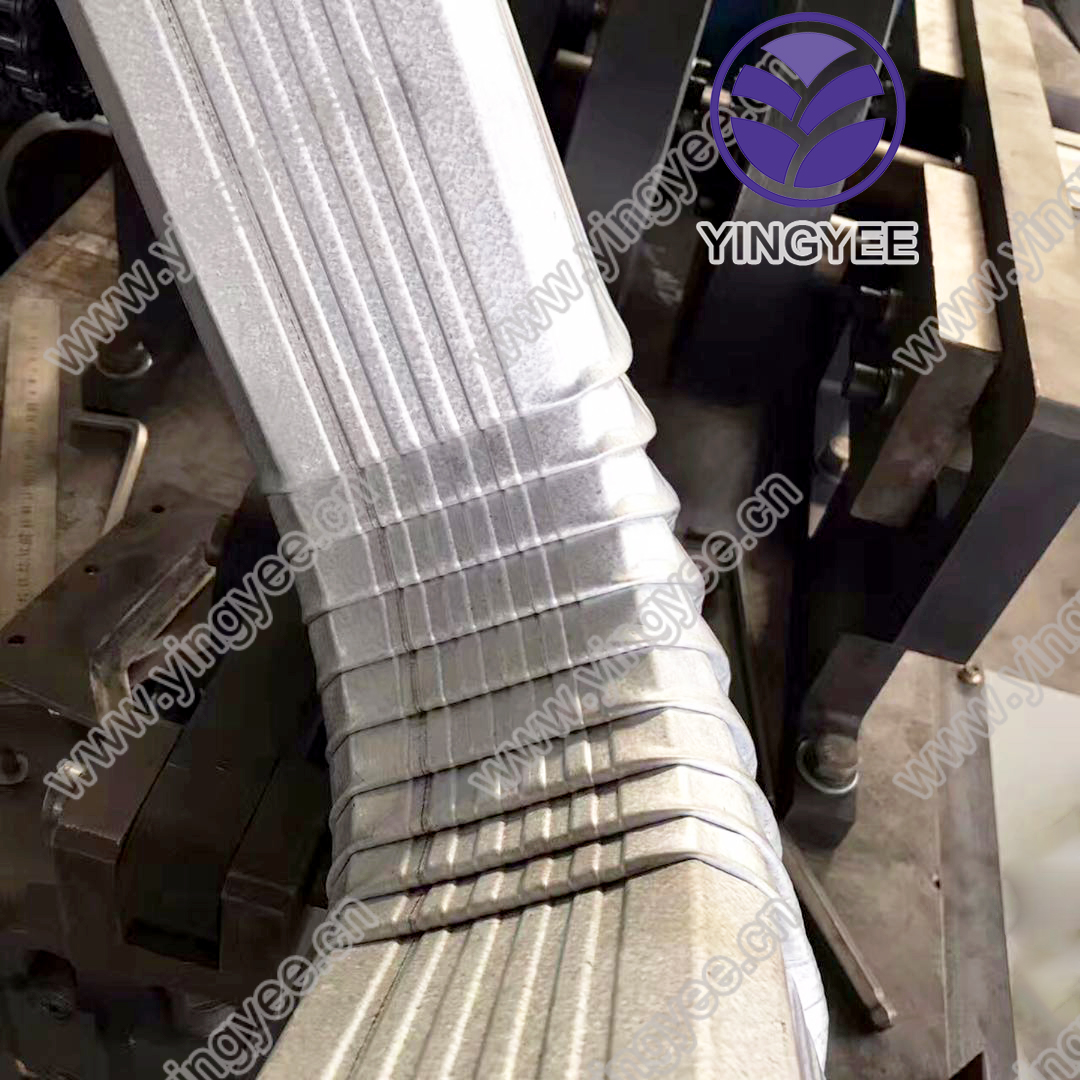
Understanding Cold Bending Prices A Comprehensive Overview
In the world of metal fabrication and construction, the term cold bending refers to a process where metal components are bent at room temperature without heating. This technique is widely used for shaping steel, aluminum, and other metals into various forms needed for different applications, such as structural supports, brackets, and architectural elements. One critical aspect of this process that stakeholders must consider is the cost associated with cold bending. In this article, we will delve into the factors influencing cold bending prices, the benefits of this method, and how to assess costs effectively.
Factors Influencing Cold Bending Prices
1. Material Type The type of metal being bent plays a significant role in determining the price. Different metals have varying levels of malleability, tensile strength, and ductility. For instance, mild steel is generally more affordable to bend than stainless steel, which is more resilient but also more costly. Additionally, specialty metals like titanium come with their own pricing dynamics due to their unique properties and complexities in handling.
2. Thickness and Size of the Material The dimensions of the metal sheet or section contribute significantly to the cold bending price. Thicker materials require more force and specialized equipment to bend, increasing labor and machine wear and tear costs. Similarly, larger pieces may necessitate additional handling and transport, further driving up the overall price.
3. Bend Radius and Complexity The geometry of the bend itself can heavily influence costs. A tight bend radius often necessitates more advanced machinery and increased precision, which can raise labor costs and time required for setup and execution. Complex shapes may also require specialized tools or fixtures, contributing to higher prices.
4. Volume of Production The quantity of the items being produced can lead to variations in pricing. High-volume orders often benefit from economies of scale, resulting in lower per-unit costs due to reduced setup times and material waste. Conversely, small, one-off projects might incur higher costs due to the need for specific setups or custom tooling.
5. Labor Costs Skilled labor is essential in the cold bending process, particularly when producing intricate designs or working with difficult materials. Depending on the region and market conditions, labor costs can fluctuate significantly, affecting the overall price of cold bending services.
6. Shipping and Handling Finally, transporting the finished products can add up, especially for large or heavy items. Companies need to consider how far the items must travel and the delivery method, all of which contribute to the end price that customers see.

Benefits of Cold Bending
Despite the costs associated with cold bending, the method offers several advantages that can justify the investment. One significant benefit is the production of high-precision components without the need for additional heating, allowing for better control over tolerances and minimizing material deformation. Furthermore, cold bending often leads to stronger finished products, as it maintains the metal's integrity without the potential softening that can occur with heat-based processes.
Additionally, cold bending is often quicker than hot bending methods, leading to faster turnaround times for projects. This speed, combined with enhanced material properties, can result in significant long-term savings, particularly for large construction projects or complex assemblies.
Assessing Cold Bending Costs
To effectively evaluate cold bending prices, it's essential for businesses to gather multiple quotes from various suppliers. This process will help in understanding the market rates and allowed for comparative analysis. Companies should provide detailed specifications for their bending needs, including material types, sizes, bend geometries, and quantities, to ensure accurate quotations.
Furthermore, factoring in the long-term benefits of cold bending can provide a more holistic view of its value. While initial costs may seem high, the durability and precision of the final products can lead to reduced maintenance and replacement costs down the line.
Conclusion
In conclusion, understanding cold bending prices requires a thorough examination of multiple factors, including material type, size, complexity, production volume, labor costs, and shipping. While prices can vary, the advantages of cold bending—such as precision, speed, and enhanced product strength—make it a valuable option in many manufacturing and construction scenarios. Careful assessment and comparison of service providers can enable businesses to make informed decisions that balance cost with quality and performance.